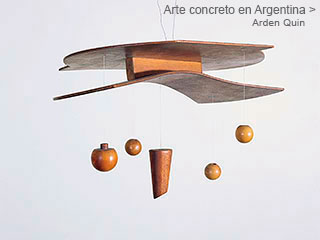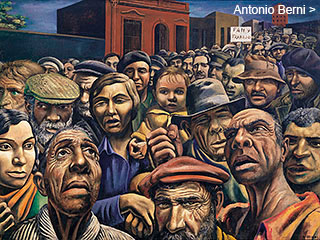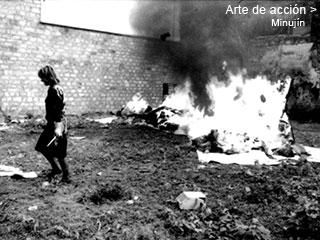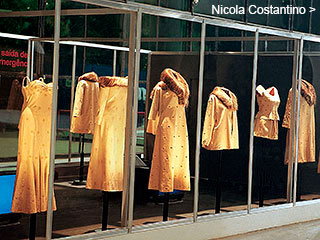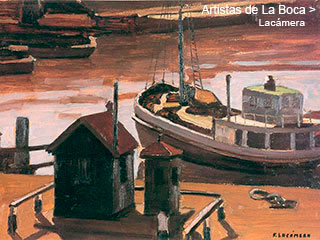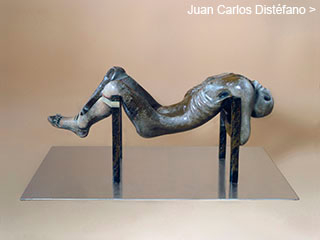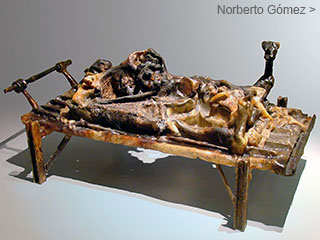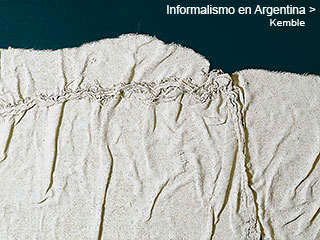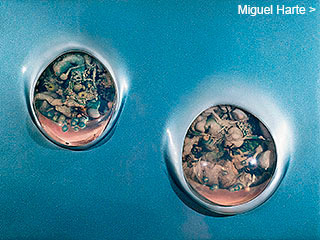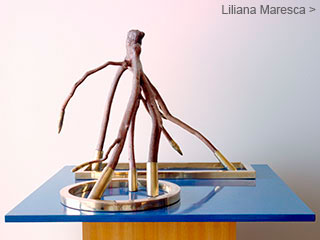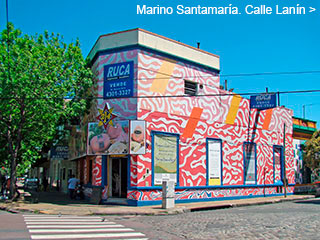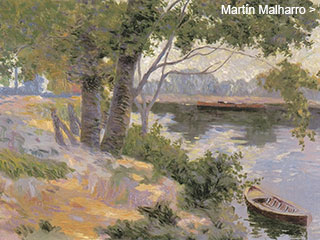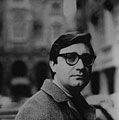Menú
Algunos dossiers
Juan Carlos
Distéfano
Distéfano
by
Adriana Lauria and Enrique Llambías
January 2003
January 2003
The dossier on Juan Carlos Distéfano spans from the time of his beginnings
as a painter to his recent works as a sculptor, a first for the CVAA. It covers
over forty years of his work and his commitment to art and reality. A special section offers a view on his work as a graphic designer, which he carried out mostly at the Di Tella Institute.
as a painter to his recent works as a sculptor, a first for the CVAA. It covers
over forty years of his work and his commitment to art and reality. A special section offers a view on his work as a graphic designer, which he carried out mostly at the Di Tella Institute.
1968
He studies the sculpture of Egypt and Mesopotamia, and produces the first volumetric work exempt from parietal structure –Fist and Head– moulded in polyester and polychromed with acrylic paint. Distéfano describes the transition from painting to sculpture as a natural process:
“I always tried to paint, my great passion is painting more than sculpture. It still is. Painting is so direct, it’s like a script. In contrast, sculpture is heavier, one has to wait longer. The transition probably happened because as I was influenced by some works of the neo-figurative, especially the ones by Jorge de la Vega, who painted and did some reliefs, I started to do the same. And due to the fact that I had to model, I became in contact with clay. And the relationship with clay, with the material, is so joyful, so beautiful that once one gets to know it it’s like a marriage from which one does not go back. 
With these first tri-dimensional works, he takes part in the show Artistas argentinos. Obras de París y de Buenos Aires para
more


